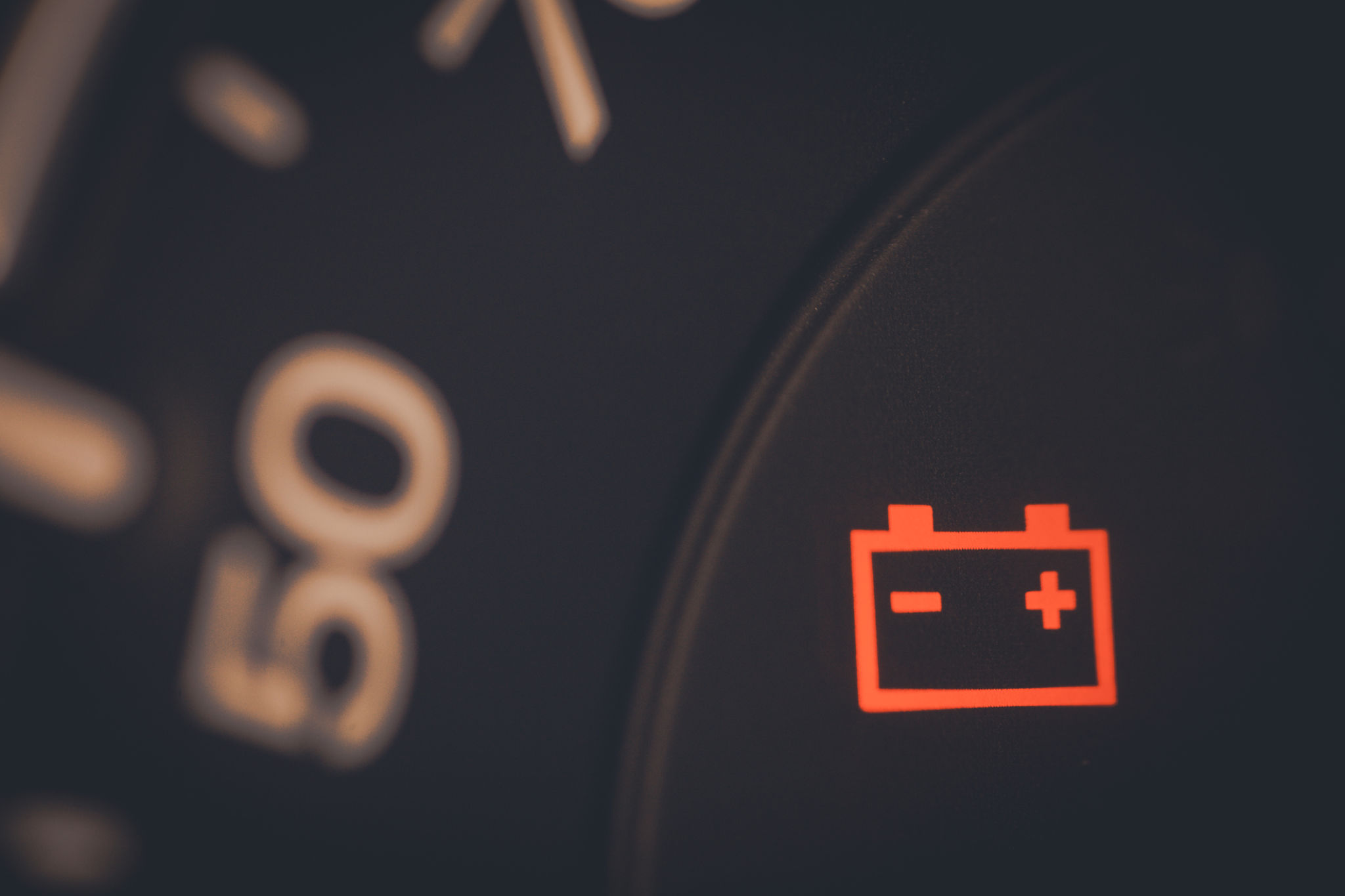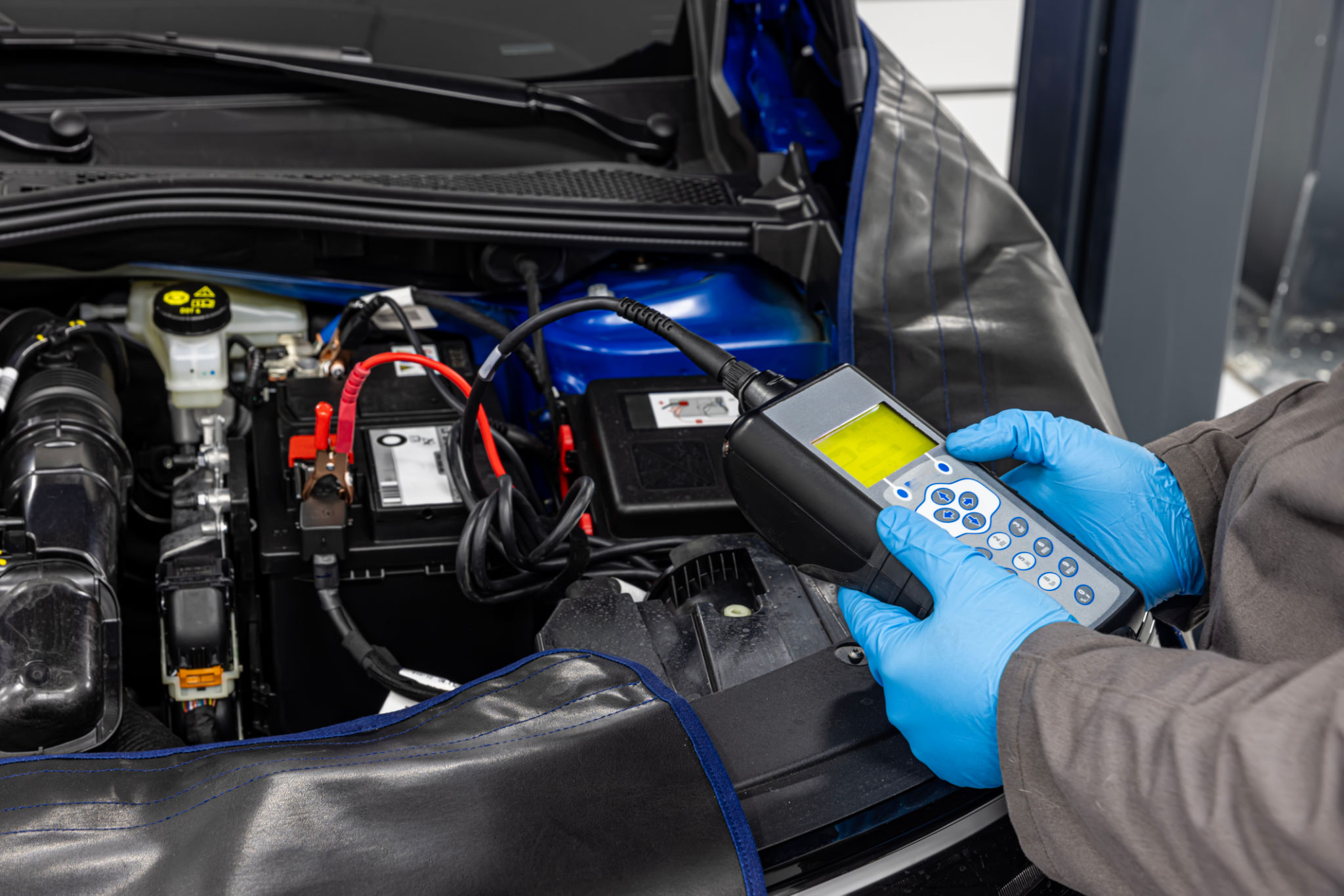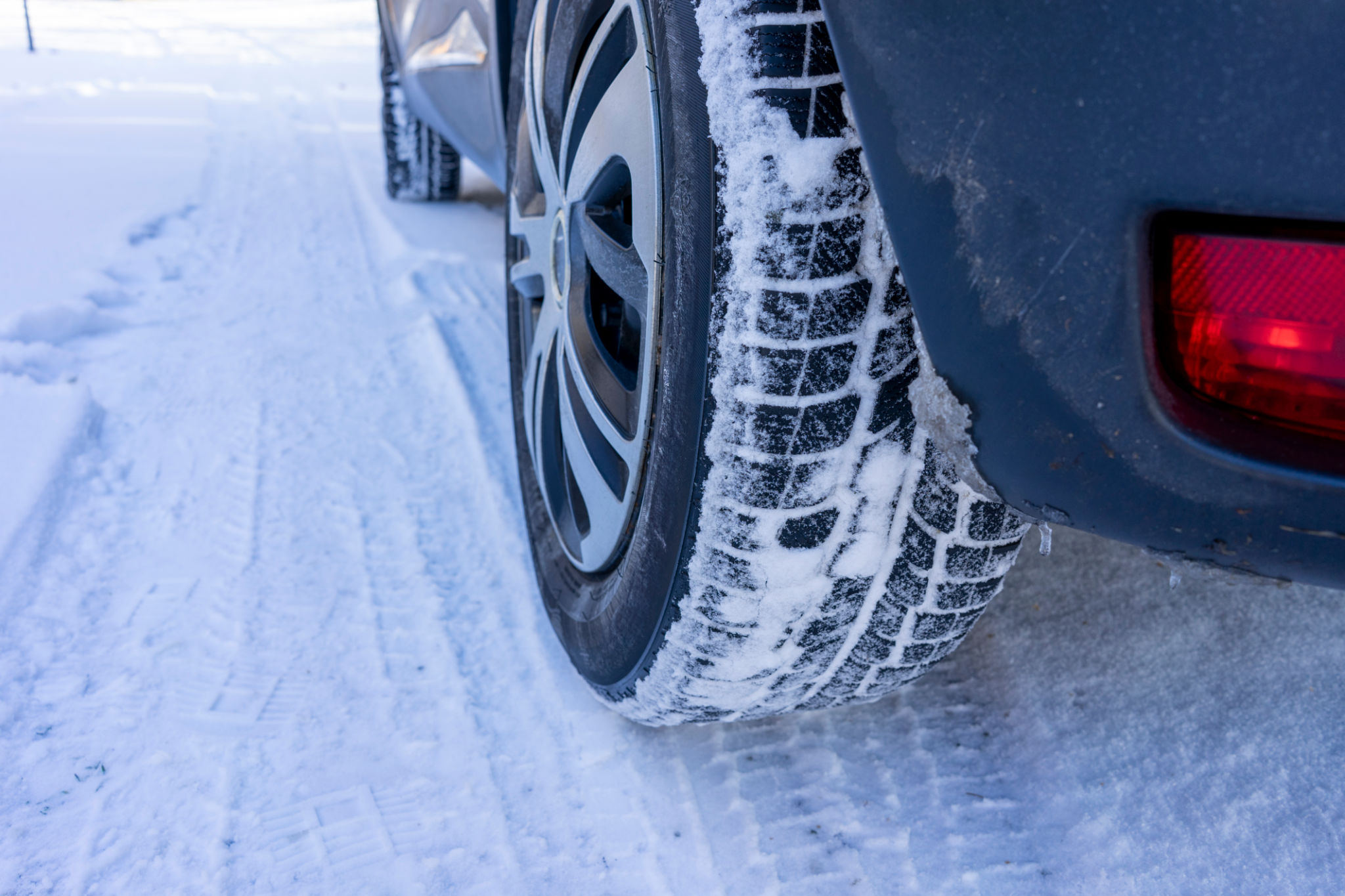Preparing Your Car for Winter: Essential Dashboard Light Checks
Understanding Your Dashboard Lights
As winter approaches, it's crucial to ensure your car is ready for the colder months. One of the most critical aspects of winter car maintenance is checking your dashboard lights. These lights are essential indicators of your vehicle's health and can help you avoid breakdowns in harsh winter conditions.
Dashboard lights are designed to alert you to potential issues that need attention. Understanding what each light means can save you from unexpected problems on icy roads.

Common Dashboard Lights to Monitor
Check Engine Light
The check engine light is one of the most common and important dashboard indicators. If this light comes on, it could signal various issues, from minor problems to serious engine troubles. Before winter sets in, make sure to address any codes associated with this light by visiting a professional mechanic.
Battery Alert Light
The battery alert light indicates that your car's battery isn't charging properly. Cold weather can be tough on batteries, so if this light appears, it's wise to check your battery's health and connections. Ensuring your battery is in good condition can prevent you from getting stranded in freezing temperatures.

Preparing for Winter Conditions
Low Tire Pressure Warning
As temperatures drop, so does tire pressure. The low tire pressure warning light alerts you when one or more tires are below the recommended pressure. Driving with underinflated tires can be dangerous, especially on slick winter roads. Regularly check your tire pressure and inflate them as needed.
To ensure optimal performance, consider switching to winter tires, which offer better traction in snowy and icy conditions.

Anti-lock Braking System (ABS) Light
The ABS light indicates an issue with your anti-lock braking system, which is crucial for maintaining control during sudden stops on slippery surfaces. If this light is illuminated, it's essential to have your brakes inspected by a professional. Properly functioning brakes are vital for safe winter driving.
Steps to Take When a Dashboard Light Comes On
When a dashboard light comes on, it's important to take immediate action. Here's a simple guide:
- Identify the Light: Refer to your vehicle's manual to determine what the light means.
- Assess the Urgency: Some lights require immediate attention, while others may indicate minor issues.
- Seek Professional Help: If you're unsure about a light's meaning or severity, consult a mechanic.
Taking these steps can help you address potential problems before they escalate, keeping you safe on the road during winter.
Conclusion: Stay Proactive
Being proactive about your car's maintenance, especially in winter, can save you from unexpected breakdowns and costly repairs. Regularly checking your dashboard lights and addressing any issues promptly will ensure your vehicle is prepared for the challenges of winter driving.
Remember, understanding your dashboard lights and knowing how to respond to them can make all the difference between a safe journey and a hazardous situation. Stay informed and stay safe this winter.
